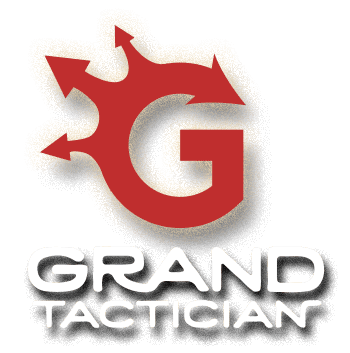Gen’l,
The recent patches has been big ones, and the Early Access period will come to an end soon. There are still a couple of larger features we’re working on, in addition to the road map topics and the constantly ongoing bug fixes. Let’s take a look at the main battle feature still in development.
Defensive Battle AI.
The AI deployment and defensive behavior, including entrenchments, has been on our list from day one, but it requires quite an overhaul. But right now Oliver is finalizing the feature. What this will do is make the AI a lot tougher nut to crack when it has deployed to defend. This will make maneuvers and flanking moves much more important on the campaign map as well.
The AI is taught to pick good defensive positions on the maps, when it has defensive stance on the campaign map. It will also construct proper lines of entrenchments and man them, and stick to them if not completely outflanked or having lost the objectives. Previously it was mostly bad luck if you as the player found the enemy defending a strategic choke-point. Now you will more often! At the same go the AI will be more competent during the deployment phase between battle days.
Another nice feature is that the enemy entrenchments are not visible on the map if fog of war is on and your units do not see them.
This feature will be in the next public patch, but it requires overhauling all the battle maps. So you may see the improved defensive AI in some maps at first, but not all — yet. The rest will be added as we march on.

Look what the AI did there. Attack head on, or try to outflank it?
The Other Work.
Another large overhaul will concern unit readiness on campaign map. This feature will change the game pace a lot, with armies requiring a lot more time between operations to prepare themselves. And also the commanders will play a big role: did someone mention McClellan should move? We will take a closer look at this feature in a very short time, in the next blog.
The described features above are the last major overhauls during the Early Access period. In addition to working on those, we are also improving other aspects of the game and adding more playable content:
- Two new historical battles: Appomattox 1865 and Glorieta Pass 1862. The first one is a real challenge for the CSA side, as Lee’s army is exhausted, fragile and being cut off. To win the CSA player will need to fight a desperate battle against Grant’s armies. If the way to Lynchburg is lost, there will soon be no other options than to surrender. In Glorieta Pass the smallest units are companies and batteries.
- The randomly picked battle maps. Currently 9 are already included in the most recent patches, but more will be added along the way. These maps appear outside the range of historical battle fields, depending on terrain type, and they are non-historical.
- Manual, overhauled field book & tutorial videos. As a lot has changed recently, we’ve put the videos on hold to wait till the features are consolidated.
- Some more this and that: more battle flags, commander portraits, etc.
- And constant bug fixing. Currently the two main bugs we’re working on are “dead sprites lag” in battles and “renewed naval battles ending the war” in campaign. Of course there’s a host of others, but we keep chipping them away, especially after the 2 main features are completed.
Most Respy,
Gen’l. Ilja Varha,
Chief Designer.










